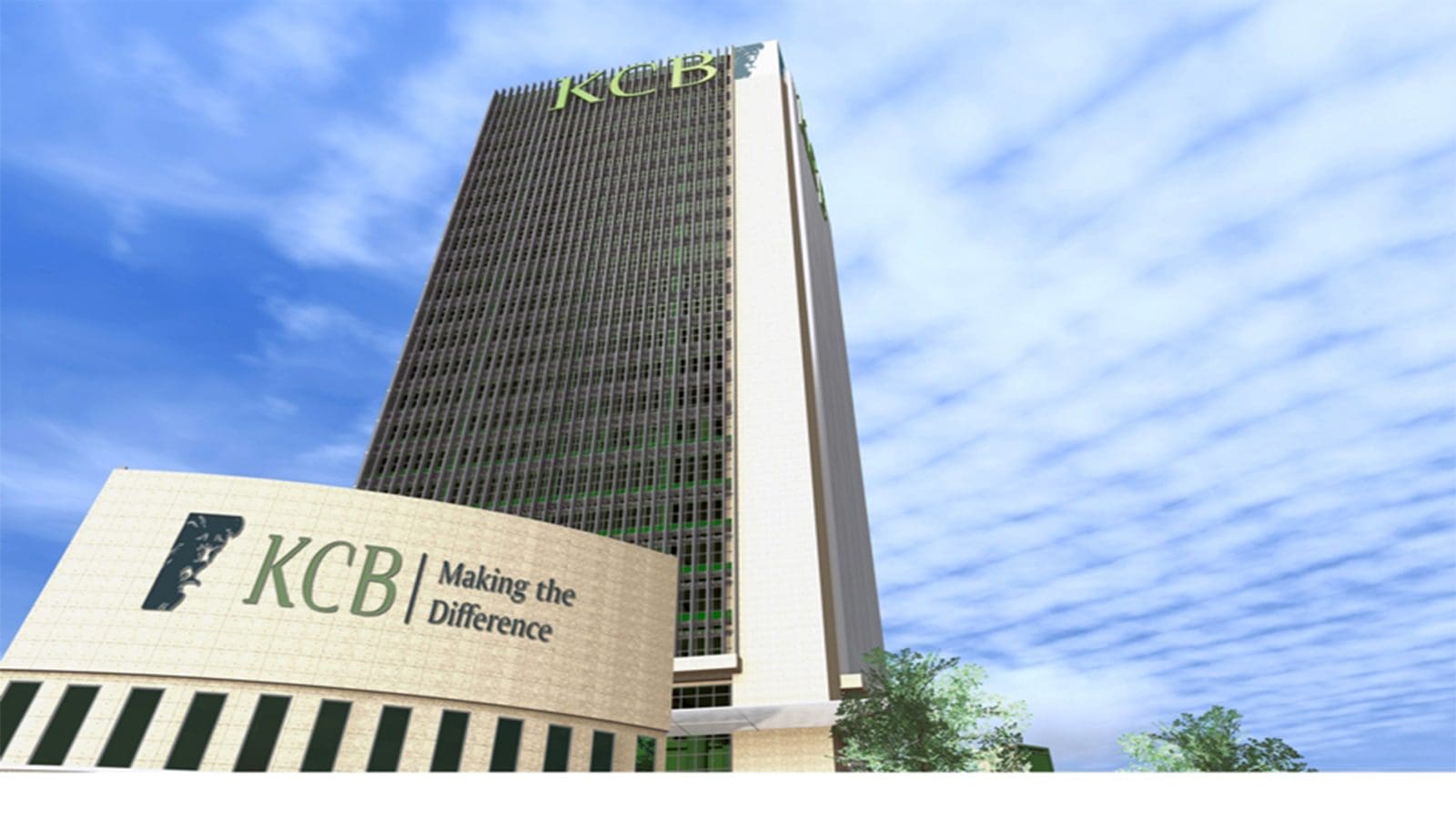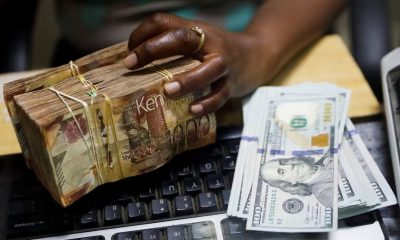Business
KCB Group Reports 8% Profit Growth, Declares Record KSh 13 Billion Dividend Payout

East Africa’s largest bank delivers strong H1 2025 results despite challenging operating environment
KCB Group Plc announced robust financial performance for the first half of 2025, with net profit climbing 8% to KSh 32.3 billion from KSh 29.9 billion in the previous period. The strong results have prompted the board to approve a historic dividend payout totaling KSh 13 billion to shareholders.
The Nairobi-based banking giant, which operates across seven East African countries, declared an interim dividend of KSh 2.00 per share alongside a special dividend of KSh 2.00 per share related to the sale of National Bank of Kenya. This marks both the largest interim payment and the first special dividend in the bank’s 129-year history.
“The business across markets remains resilient despite the tough operating environment in key markets like Kenya,” said Group Chief Executive Officer Paul Russo during Wednesday’s results announcement. “We have placed our customers at the fore, to ensure we meet their needs in a timely manner.”
## Strong Regional Performance
The group’s regional diversification strategy continued to pay dividends, with subsidiaries outside KCB Bank Kenya contributing 33.4% of overall group earnings and 31.4% of the balance sheet. Non-banking entities including KCB Investment Bank, KCB Asset Management, and KCB Bancassurance Intermediary Limited increased their profit before tax contribution to 2.1% from 1.8% year-on-year.
Total assets remained stable at KSh 1.97 trillion despite the sale of NBK in the second quarter, demonstrating the group’s capacity to support customers across its operating territories. The loan portfolio grew 2.8% to KSh 1.18 trillion, representing a 12% increase when excluding the NBK impact.
## Revenue Growth and Digital Innovation
Total revenue increased 4.3%, driven by higher net interest income that rose to KSh 69.1 billion from KSh 61.3 billion. The group’s digital transformation continued to gain traction, with 99% of transactions conducted through non-branch channels, helping maintain non-funded income at KSh 29.5 billion.
In a significant digital milestone, KCB launched a new unified mobile app on August 11, featuring breakthrough self-onboarding capabilities and artificial intelligence-powered services. The platform allows customers to register and begin banking instantly through a mini-app ecosystem designed for scale and inclusivity.
## Credit Quality and Capital Strength
The group maintained prudent risk management practices, with non-performing loans improving to 18.7% from 19.2% in December 2024. Capital buffers remained well above regulatory requirements, with core capital at 17.0% of risk-weighted assets against the statutory minimum of 10.5%.
Return on equity stood strong at 22.2%, while return on assets reached 3.3%. Total equity attributable to shareholders surged 27.3% to KSh 306.8 billion from KSh 241.0 billion.
## Strategic Developments and Recognition
The period saw several key corporate developments, including the completion of NBK’s sale to Access Bank on May 30, 2025, and the opening of six new branches across Kenya, Tanzania, and Rwanda. The group also issued KSh 26.9 billion in green loans, reinforcing its commitment to sustainable finance.
KCB’s performance earned international recognition, with the Financial Times naming it among Africa’s fastest-growing companies. The bank secured five major awards from Euromoney, including Africa’s Best Bank for Corporate Responsibility and Kenya’s Best Bank for Environmental, Social and Governance.
“The strong half year performance and the projected trajectory of the business has allowed us great bandwidth to propose a historic special and interim dividend to shareholders,” said Group Chairman Dr. Joseph Kinyua, highlighting the bank’s confidence in its future prospects despite regional uncertainties.
With its extensive network of 455 branches and 1,224 ATMs serving over 1.3 million merchants and agents across East Africa, KCB continues to leverage its regional scale to drive economic transformation while delivering value to stakeholders.
Kenya Insights allows guest blogging, if you want to be published on Kenya’s most authoritative and accurate blog, have an expose, news TIPS, story angles, human interest stories, drop us an email on [email protected] or via Telegram
-

 Business7 days ago
Business7 days ago‘They’re Criminals,’ Popular Radio Presenter Rapcha The Sayantist Accuses Electric Bike Firm Spiro of Fraudulent Practices
-

 News2 weeks ago
News2 weeks agoTemporary Reprieve As Mohamed Jaffer Wins Mombasa Land Compensation Despite Losing LPG Monopoly and Bitter Fallout With Johos
-

 Investigations2 weeks ago
Investigations2 weeks agoFrom Daily Bribes to Billions Frozen: The Jambopay Empire Crumbles as CEO Danson Muchemi’s Scandal-Plagued Past Catches Up
-

 Sports1 week ago
Sports1 week ago1Win Games 2025: Ultimate Overview of Popular Casino, Sports & Live Games
-

 Investigations7 days ago
Investigations7 days agoDisgraced Kuscco Boss Arnold Munene Moves To Gag Media After Expose Linking Him To Alleged Sh1.7 Billion Fraud
-

 Business4 days ago
Business4 days agoIt’s a Carbon Trading Firm: What Kenyans Need to Know About Spiro’s Business Model Amid Damning Allegations of Predatory Lending
-

 Business2 weeks ago
Business2 weeks agoHass Petroleum Empire Faces Collapse as Court Greenlights KSh 1.2 Billion Property Auction
-

 Business3 days ago
Business3 days agoManager Flees Safaricom-Linked Sacco As Fears Of Investors Losing Savings Becomes Imminent













